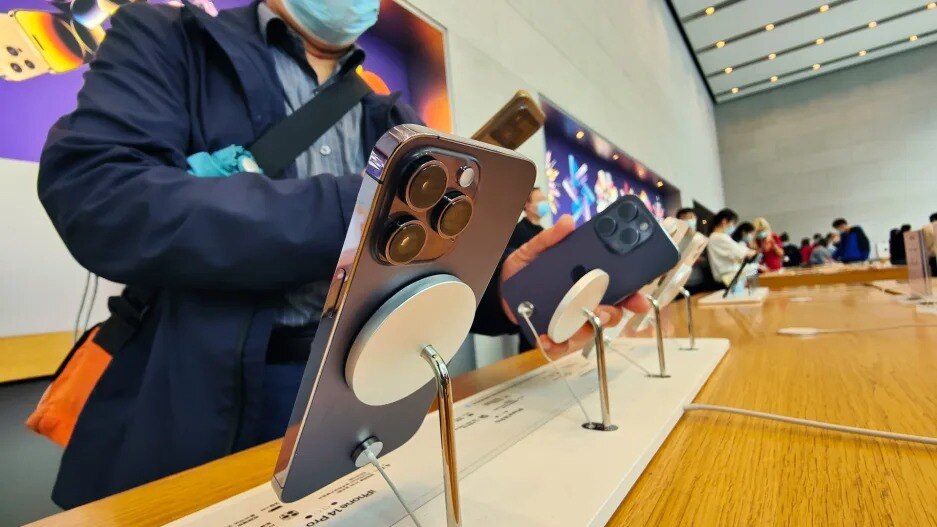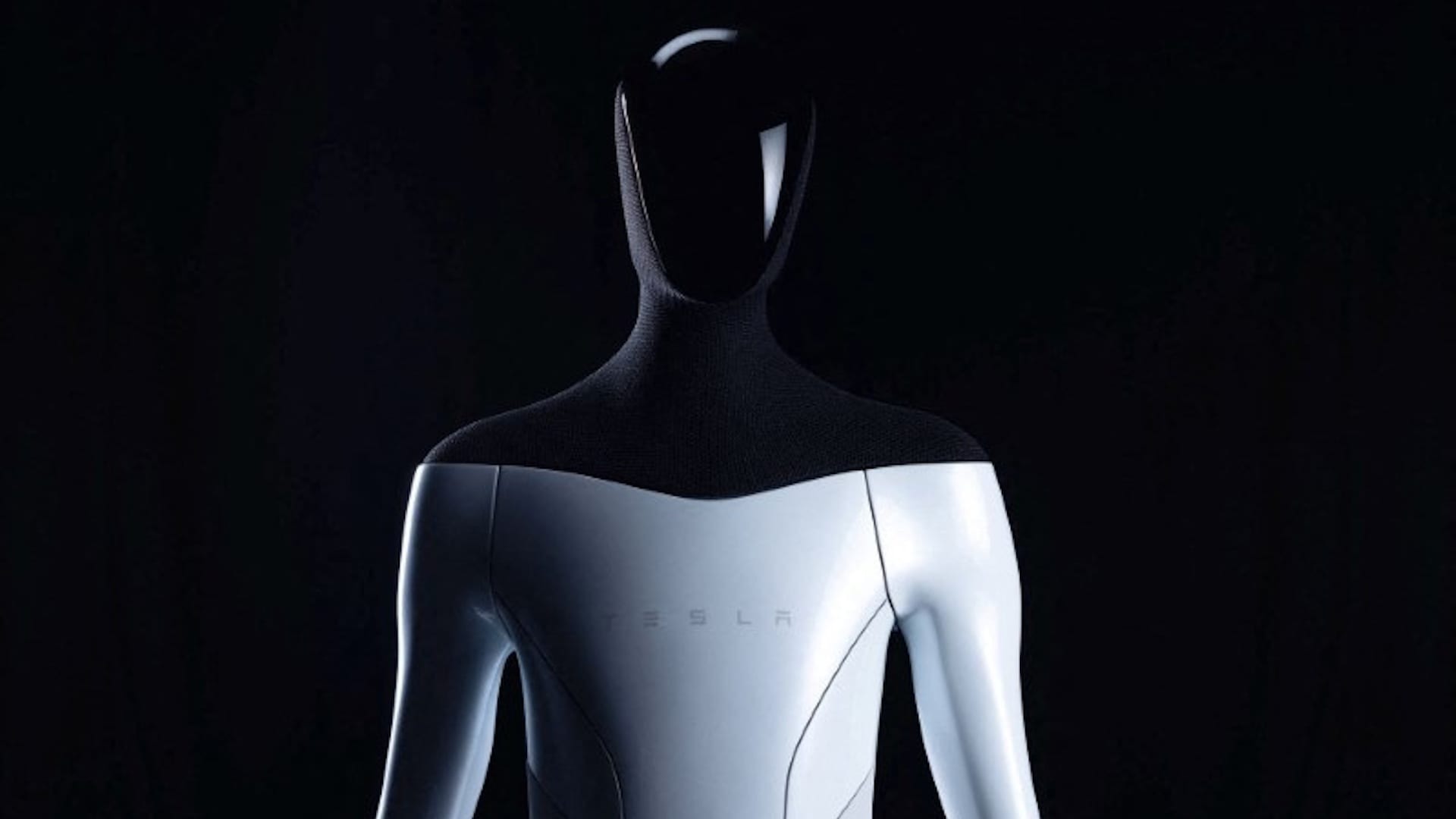- | 10:00 am
Can Apple dodge the smartphone slowdown?
Device sales and shipments are slowing—but is the Cupertino giant immune?

It’s a bad time to be a smartphone manufacturer. Global shipments of smartphones have slumped for the last five quarters, dropping 10% over a year, according to data analytics firm IDC. Samsung, manufacturer of the world’s most widely used smartphones, recently reported an eight-year low in operating profits.
One reason: Smartphones are too damn expensive, especially in the face of a global recession. “It’s a very challenging time for the entire industry,” says Nabila Popal, a research director at IDC.
But at least one smartphone maker appears to be skirting the sales slump: Apple, the world’s second-most prevalent smartphone company, posted record revenues in its fourth quarter results (released in October), and analyst forecasts believe it will fare well in its upcoming quarter results, due in early February.
Apple is still potentially facing stormy waters ahead, with recent reported plans to expand production in India in order to make the company less dependent on Chinese manufacturing, which has seen a number of ports shut down due to COVID-19 outbreaks. (And the Indian expansion comes despite simmering tensions between India and China over a long-running border dispute, showing Apple’s ability to cross geopolitical divides.) “Apple has been more or less immune to everything, essentially, over the past two years,” says Popal.
Such challenging macroeconomics could still steer Apple off course, even if not into the troubling territory its competitors have entered. “Until now, it seemed like Apple was 100% immune, but we’ve seen Apple’s situation get more and more dire,” she says. The company’s iPhone 14 supply chain has seen issues, with shortages of the Pro and Pro Max compared to anticipated numbers because of developments with the Foxconn factory. It meant that Apple’s share price fell to an 18-month low in late December.
Yet, Apple is in a better position than its competitors, in part, because of the prime role it plays in the eyes of customers and the businesses that provide its supply chain. And it’s been in this position before.
At the start of the pandemic, analysts predicted that Apple would catch the fever that the broader smartphone sector looked likely to face. “People said, ‘Who’s going to buy an iPhone if unemployment is at 25% and everyone is sick,’” recalls Horace Dediu, founder of Asymco, a smartphone analyst. It made sense: Cell phones, particularly at the high end, are a luxury product that people splash out more than $1,000 for. Despite that, “the history is that the company had its best years,” he says. Apple rode the crest of a tech-centric wave, seeing its stock price rise. “The point there was that the device in your hand was your lifeline,” says Dediu. “In a time of existential threats, people reach for their phones more than anything else.”
At the same time, even wealthy iPhone users in the U.S. and elsewhere are feeling the squeeze on their wallets, meaning consumer demand is subdued compared to normal. “It’s not as bad as some of the other regions and vendors, where demand has plummeted,” says Popal. “Naturally, when there’s so much turmoil and record-breaking inflation rates globally, it’s going to impact the top end at some point if conditions don’t improve.”
Dediu believes that Apple will likely be immune to the worst of the issues facing the smartphone sector now. “If you look at the brand, and if you look at the pipeline, and . . . look at the operations of Apple, they’re used to taking a lot of shots and absorbing them,” he says. Apple has fine-tuned its supply chain provenance in a way that few other manufacturers have, and it’s also able to avoid some of the inflationary-based pressures on people’s spending in a way that others can’t.
“They have a billion customers, but not a sample of a random billion,” says Dediu. “They discriminate against bad customers, and they do so with their pricing.” By that he means that the price of an iPhone is so high that it generally attracts mostly well-off customers who have more stable jobs, more disposable income, better health, and therefore better employment, and the ability to go extravagant on smartphones.
The situation is helped by the fact that Apple has marketed its trade-in offers and promotions through carriers that allow people to knock down the price of a new iPhone by giving Apple its old device. “It’s really these kinds of promotions and financing options that have made the premium market grow six points over the last two years,” says Popal, “which is interesting because the overall market has seen some pretty turbulent times.”
This doesn’t mean that when Apple reports its next quarterly results on February 2 that analysts are expecting similarly gigantic results as in previous quarters. “It will be more challenging for them this year, or at least in the coming quarters, than it was in the last two,” says Popal. “I’m expecting their results to not be as blockbuster as the last ones.”
Nevertheless, there’s still an assumption that Apple will come out with better numbers than expected. “There’s an asymmetry to Apple,” says Dediu. “They do things differently. That’s been their history. It doesn’t protect them entirely,” he admits, “but they tend to navigate these times a little bit better.”






































